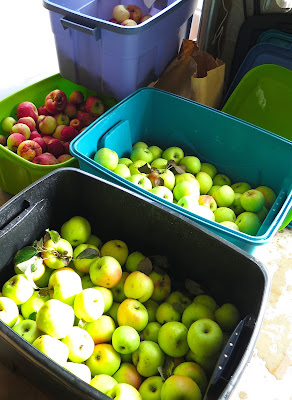 After publishing 624 columns, 280,800 words, two books in English and Spanish, and 312 podcasts, the teachers at Grandparents Teach, Too/Learning Through the Seasons are retiring. Iris Katers will continue podcasts on wnmu.org live and online thanks to the help of NMU Public Radio 90.
After publishing 624 columns, 280,800 words, two books in English and Spanish, and 312 podcasts, the teachers at Grandparents Teach, Too/Learning Through the Seasons are retiring. Iris Katers will continue podcasts on wnmu.org live and online thanks to the help of NMU Public Radio 90.
Thank you to our families, publishers, editors, and readers throughout the U.S. who helped us inform parents and grandparents of the many ways to prepare their children for school and a lifelong love of learning. Thank you all for sending our column to families around the world and writing to us.
Here are some important tips we shared with fathers and grandfathers in the County Detention Center training sessions while we did activities, an experience that all of us found most personally moving. The tips are based on twelve years of research and listening to you.
Useful Tips
· Conversation is the key, especially during early childhood and middle school—the greatest brain development years Ninety percent of the brain develops between ages 0-5.
· Give children 100% of your attention when you do activities. Turn off media.
· Have learning fun together. It’s the way into their brains.
· Activities with preschool children should be short. Every child has different abilities and attention span.
· Read to children every day, including bedtime. It’s the difference between 3,000 words and 20,000 words to begin school.
· Explore geography. Visit places around the United States and world in person when you can. Canoe rivers, climb hills, view waterfalls and forests. Visit cities and National Parks.
· Teach the history and culture of the United States. Tell stories of your family’s history, traditions, culture, resilience and fun times. History is personal.
· Teach economics and how to make, save, spend, and donate money.
· Teach how the government works and how people have the responsibility to be involved if we want it to work well.
· Teach the blessings of liberty.
· Integrate math into daily life and conversation.
· Do activities and creative projects with them, not for them. They are learning even if the outcome is not perfect.
· Practice the Rule of Six. Give six praises to one correction. The practice helps develop self- confidence and worth.
· Teach children to be kind and charitable to others by example.
· Alternate between noisy and quiet activities. Children need one daily hour of active exercise: running, jumping, throwing, kicking, hitting a ball, swimming, sledding, walking, hiking…
· Use a timer for Time In, as well as, Time Out, if you need it.
· Display art and other products. Show and give them to others. Use Zoom or others to communicate with family members far away.
 · Take leadership in the family about teaching children skills, preparing for an occupation, building religious, moral principles, and good health, finding happiness, and helping others. Teach the dangers of all kinds of substance abuse, by example.
· Take leadership in the family about teaching children skills, preparing for an occupation, building religious, moral principles, and good health, finding happiness, and helping others. Teach the dangers of all kinds of substance abuse, by example.
Thank you all! Bless you. Please be safe and well.







